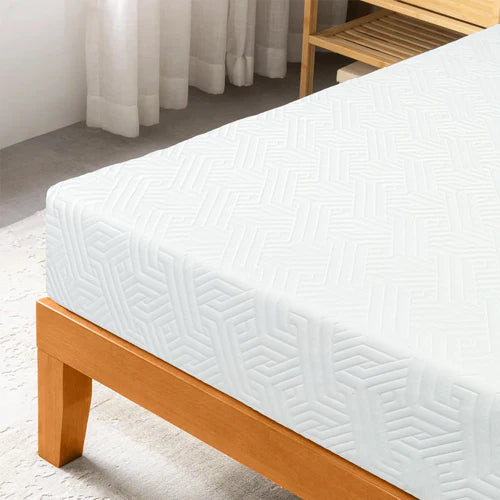ViscoLogic Memory foam mattresses are a popular choice for many sleepers due to their ability to contour to the body, offering unparalleled comfort and support. However, like all mattresses, they require proper care to maintain their longevity and performance. One essential aspect of this care is regularly rotating your memory foam mattress. In this blog post, we’ll guide you through the importance of rotating your mattress, how often you should do it, and the steps to do it correctly.
Why Rotate ViscoLogic Your Memory Foam Mattress?
While memory foam mattresses are designed to provide consistent support, they can still develop wear patterns over time. By rotating your mattress, you can:
- Even Out Wear: Regularly rotating your mattress helps distribute the wear and tear more evenly, preventing one side from sagging or becoming less supportive.
- Extend Mattress Lifespan: A well-maintained memory foam mattress can last longer, giving you more value for your investment.
- Improve Sleep Quality: By avoiding uneven wear, you ensure that your mattress continues to provide the right level of support and comfort, leading to better sleep quality.
How Often Should You Rotate Your ViscoLogic Memory Foam Mattress?
Unlike traditional innerspring mattresses, memory foam mattresses don’t need to be flipped since they are usually constructed with distinct layers designed for specific purposes (comfort layers on top, support layers on the bottom). However, they do benefit from rotation.
A good rule of thumb is to rotate your memory foam mattress every 3 to 6 months. If you notice early signs of wear, such as impressions forming in the foam, consider rotating it more frequently.
Step-by-Step Guide to Rotating Your Mattress
-
Clear the Bed Area: Remove all bedding, pillows, and any objects from your bed to ensure a clear workspace. This will make it easier to handle the mattress.
-
Get a Helper (If Needed): Depending on the size and weight of your mattress, you might want to ask someone to help you. Memory foam mattresses can be heavy and awkward to move alone.
-
Lift and Rotate:
- Start by lifting the mattress slightly off the bed frame or box spring.
- Slowly rotate the mattress 180 degrees so that the head of the mattress is now at the foot of the bed. Be gentle to avoid damaging the foam.
-
Realign the Mattress: Once the mattress is in its new position, make sure it is properly aligned with the bed frame or box spring. Ensure that it is lying flat and that the corners are lined up.
-
Replace the Bedding: After rotating, put your bedding back on. This is also a good opportunity to freshen up your mattress protector or topper, if you use one.
Additional Tips for Maintaining Your Memory Foam Mattress
- Use a Mattress Protector: A waterproof, breathable mattress protector can shield your memory foam from spills, dust, and allergens, keeping it clean and fresh.
- Support Your Mattress: Ensure your mattress is on a sturdy bed frame or foundation to prevent sagging and to maintain the integrity of the foam.
Conclusion
Rotating your memory foam mattress is a simple yet crucial task that can significantly impact its performance and longevity. By following the steps outlined in this guide, you can ensure that your mattress continues to provide you with the comfort and support you need for years to come. Remember, a well-cared-for mattress is an investment in your sleep quality and overall health. So, mark your calendar and make mattress rotation a regular part of your home care routine.




